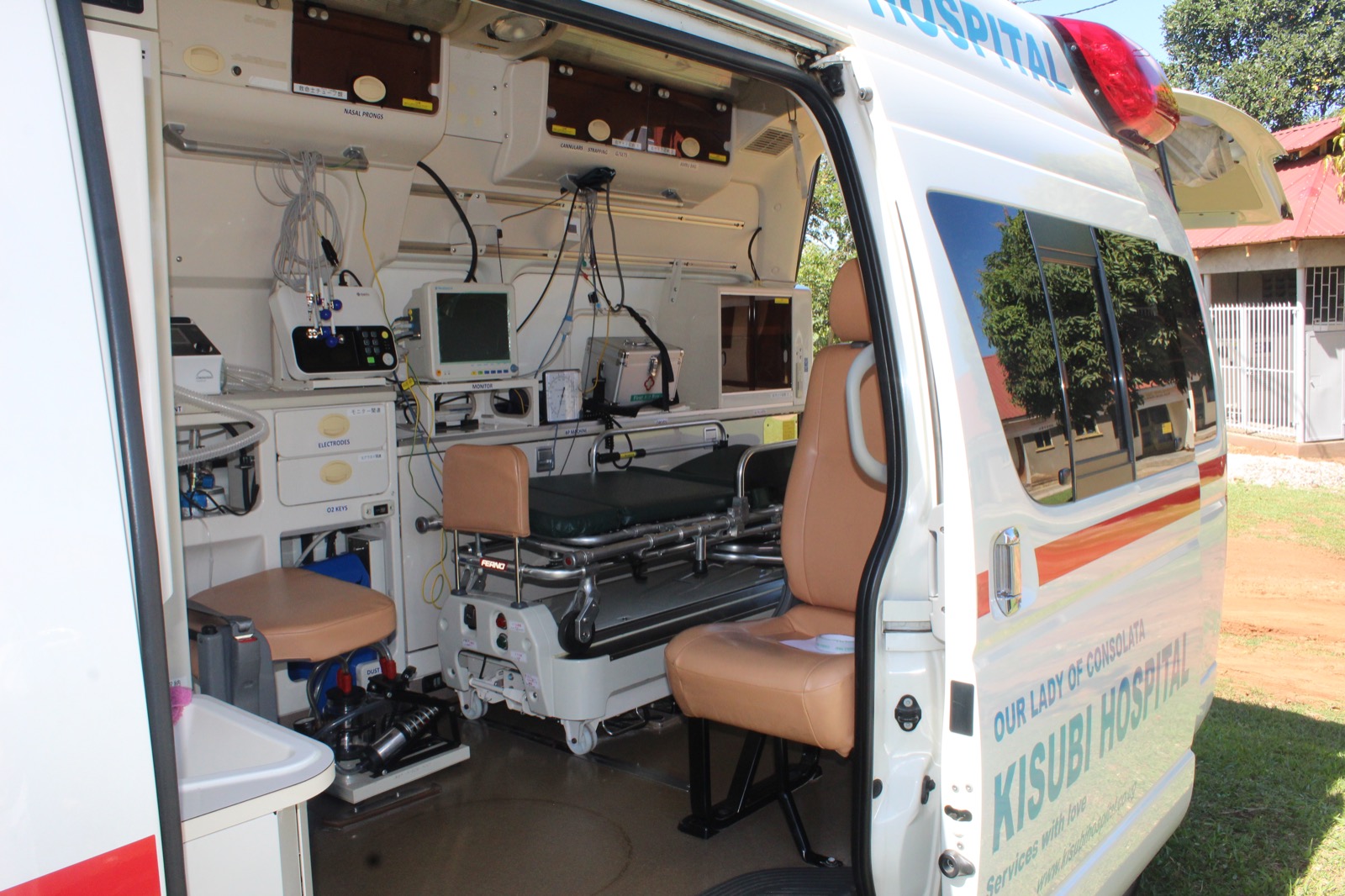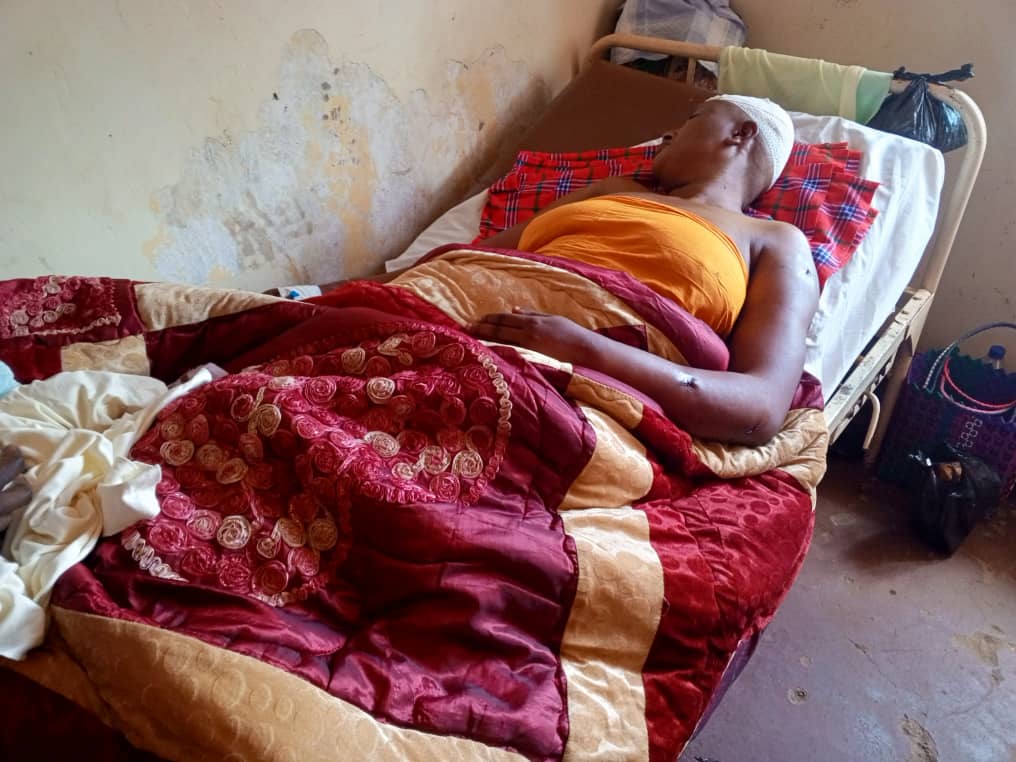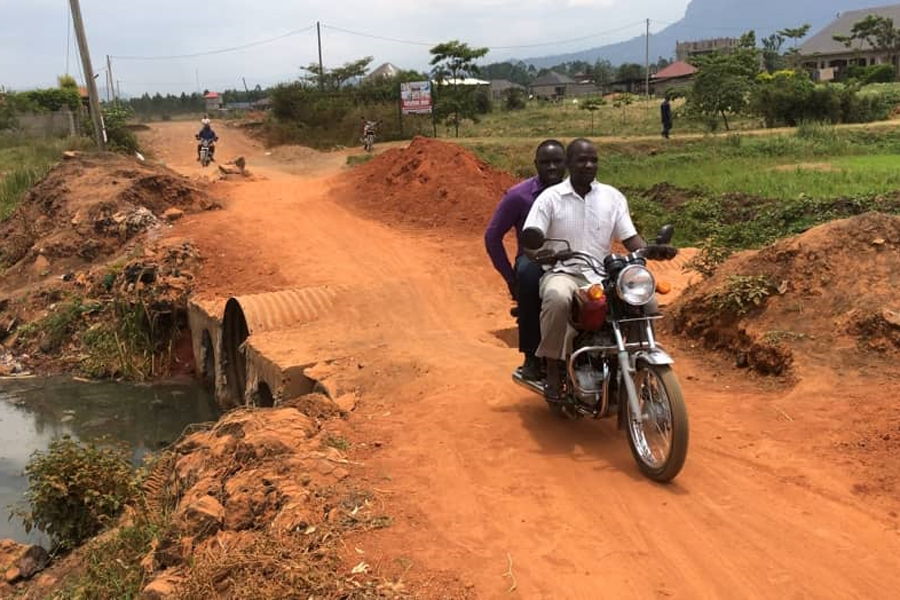How a hospital ambulance can save or cost your life
It is important for any hospital to have an ambulance that can offer life support while in transit. This is especially important for hospitals that maybe remote or the only option for a community. An ambulance with life support capabilities can be used to transport patients from the hospital to another facility if needed.
Transport is a stressful time for patients and their families. The last thing you want to worry about is whether your loved one will be OK or if the ambulance will arrive in time or let alone if the ambulance has the equipment to keep your patient stable until arrival at a medical facility.
Kisubi Hospital recently added to its fleet of ambulances. This new addition is designed to offer life support while in transit. With an advanced system of sensors, the vehicle can detect changes in vital signs and alert the medical personnel and initiate supportive measures such as ventilation and cardiac support. The new addition is more like mobile Hospital ICU with practically all life support equipment embedded into a single truck including a ventilation (breathing) machine, heart machine, suction pump, pulse monitor, refrigerator to transport body organs or medicines and more.
This kind of ambulance service triggered my thoughts into thinking about how many more people are to be saved by this kind of assist technology but I also thought about how many more people are at risk of losing their lives as a result of ambulances that might lack this kind of assist technology yet it could be the thin line between them and arriving alive at a medical facility.
In this day and age, the world has become more connected than ever before. With the advent of digital communication and transportation, it only makes sense that a hospital would want to ensure their patients are safe when they're being transported with life support equipment available at a moment’s notice in the ambulance.
So, what do we mean by 'life support'? Well, it's not just about making sure that your patient has been placed in an ambulance that is moving so fast with right of way and equipped with a medical worker and food during transportation. It's also about making sure that your patient is able to get breathing help at a moment’s notice when they need it while in an ambulance.

In the event of cardiac arrest, there is a chance that the patient will be unable to breathe on their own and will require mechanical support. This can be provided by a mechanical ventilator and there are very rare in Uganda’s ambulances. In other words, if the patient needs a mechanical ventilator, the ambulance has to be able to stay on the road. If you need to use a mechanical ventilator and there's no room for it in your ambulance, then you're not going to get there right away. The same thing goes for any other medical equipment that might be needed along the way—like oxygen tanks or defibrillators (for heart attacks) and lots more equipment.
We live in a world where it is possible to be born, grow up, and die all in the same day. It's a miracle! However, this miracle comes with a price that many of us are unaware of. The cost of human life is great and can be measured in many different ways. One way is through the medical field. In order for medical facilities to be able to provide their patients with the best care possible, they must invest in state-of-the-art ambulances to ensure patient safety during transport. This can prevent many deaths while in transit and help save lives on both sides of the hospital doors!
It's no secret world over that some medical facilities have been investing in ambulances for years. Whether it's because they want to ensure patient safety, or simply because they think it's a good investment that could save their patients' lives, it's clear that these facilities are taking this seriously. But what is less well-known is whether these ambulances can also help save lives while they're in transit.
Many deaths while in transit can be avoided if ambulances are equipped with state-of-the-art technology and safety features. It is high time Ugandan hospitals thought about the capabilities of their ambulances as opposed to simply having a labelled truck with a siren. If you can not afford a fully equipped ambulance to transport a patient that will otherwise need it, please normalise having memorandums of understanding with other hospitals such as Kisubi Hospital that you can hire from to ensure safe transportation than putting patient lives at risk especially if they develop complications during transit.
The author Belguin Prosper Lumu is a Business Development Officer at Kisubi Hospital.













